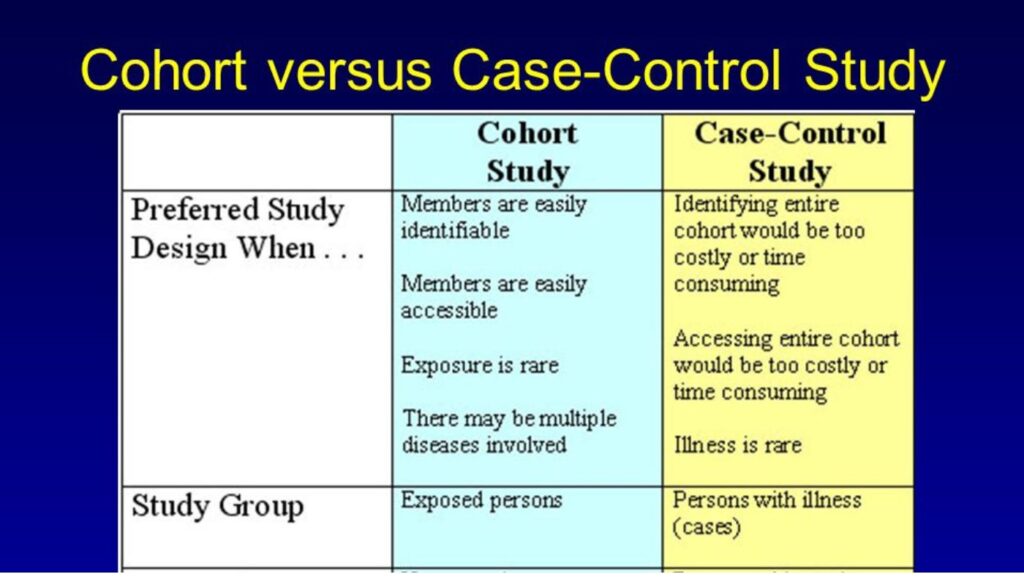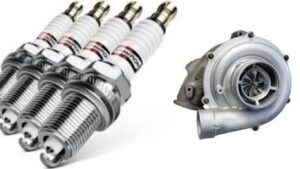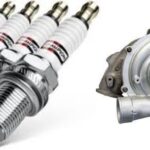In today’s fast-paced world, getting from point A to point B efficiently is crucial for both employees and employers. Enter the car allowance – a potential game-changer in the realm of employee benefits and transportation expenses. Whether you’re cruising down the highways of New York or navigating the bustling streets of Los Angeles, understanding car allowances can significantly impact your financial situation and job satisfaction.
Let’s dive into the nitty-gritty of car allowances, exploring how they work, their benefits, and what you need to know to make the most of this valuable perk.
What Is a Car Allowance?
At its core, a car allowance is a financial benefit provided by employers to cover the vehicle costs associated with using a personal car for work purposes. It’s not just for executives anymore – many companies now offer car allowances to a broader range of employees who regularly use their vehicles for business-related travel.
Definition and Basic Concept
Think of a car allowance as a financial cushion for your car-related expenses. Unlike a company car, which is owned and maintained by the employer, a car allowance gives you the freedom to choose and use your own vehicle while receiving financial support for work-related usage.
A car allowance is essentially a ‘thank you’ from your employer for putting miles on your personal vehicle for work purposes, says Jane Doe, a human resources expert.
Types of Car Allowances
Car allowances come in various flavors, each with its own set of pros and cons:
- Fixed monthly payments: A set amount paid each month, regardless of actual usage.
- Mileage-based reimbursements: Payments based on the number of miles driven for work.
- Combination plans: A mix of fixed payments and mileage reimbursements.
The Benefits of Car Allowances

Advantages for Employees
For workers, car allowances can be a breath of fresh air for your wallet. Here’s why:
- Financial relief: Offset the costs of fuel, repairs, and maintenance.
- Flexibility: Choose a vehicle that suits your personal preferences and driving needs.
- Potential tax benefits: Depending on your situation, you might enjoy some tax advantages.
Perks for Employers
Employers aren’t left out of the benefits bonanza. Here’s what’s in it for them:
- Simplified administration: Less paperwork compared to managing a fleet of company cars.
- Cost control: Predictable expenses and potential savings on vehicle maintenance.
- Talent attraction and retention: A valuable perk that can set a company apart in the job market.
How Car Allowances Work in Practice
Calculating Car Allowances
Determining the right amount for a car allowance isn’t just pulling numbers out of thin air. Employers typically consider:
- Mileage expectations
- Fuel costs in the area
- Average wear and tear on vehicles
- Industry standards
| Factor | Consideration |
| Mileage | Expected annual work-related miles |
| Fuel | Average fuel prices in the region |
| Wear and Tear | Estimated maintenance costs |
| Market Rates | Competitive allowances in the industry |
Implementing a Car Allowance Program
For employers looking to roll out a car allowance program, here’s a quick checklist:
- Assess business needs and employee driving patterns
- Determine the type of allowance that best fits your company
- Set clear policies on eligible expenses and documentation
- Communicate the program details to employees
- Regularly review and adjust the program as needed
For employees benefiting from a car allowance:
- Keep meticulous records of work-related travel
- Understand what expenses are covered
- Be aware of any tax implications
- Use the allowance responsibly to maintain your vehicle
Tax Implications of Car Allowances
The taxman always comes knocking, and car allowances are no exception. Let’s break down the tax situation for both sides of the employment equation.
For Employees
Here’s the deal: in most cases, car allowances are considered taxable income. This means you’ll see it reflected on your W-2 form at the end of the year. However, the silver lining is that you may be able to deduct certain expenses on your tax return.
Pro Tip: Keep a detailed log of your work-related mileage and expenses. This can be a lifesaver when tax season rolls around.
For Employers
For the folks signing the checks, car allowances are generally tax-deductible as a business expense. However, there are reporting requirements to keep in mind:
- Allowances must be included on employee W-2 forms
- Proper documentation is crucial for audit purposes
“Always consult with a tax professional to ensure you’re complying with the latest IRS regulations regarding car allowances,” advises John Smith, CPA.
Car Allowances vs. Other Vehicle Programs

Let’s compare car allowances to other common vehicle programs to see how they stack up:
Company Cars: Pros and Cons
Pros:
- Full control for the employer
- Potentially lower costs for high-mileage drivers
Cons:
- Higher upfront costs for the company
- Less flexibility for employees
Mileage Reimbursement Programs
Pros:
- Directly tied to actual usage
- Simplicity in calculation
Cons:
- Can be less beneficial for high-mileage drivers
- Requires meticulous record-keeping
Vehicle Allowance Hybrid Models
Some companies opt for a hybrid approach, combining elements of different programs. This might include:
- A base allowance plus mileage reimbursement
- Tiered allowances based on job roles or territories
Common Questions About Car Allowances
FAQs for Employees
- How much should I expect for a car allowance?
It varies widely depending on your industry, job role, and expected mileage. On average, car allowances can range from $300 to $800 per month.
- Can I negotiate my car allowance?
Absolutely! Like any part of your compensation package, car allowances can often be negotiated, especially if you can demonstrate high work-related vehicle usage.
FAQs for Employers
- How do we determine fair allowances?
Consider factors like average mileage, local fuel costs, and industry standards. Regularly survey employees to understand their actual expenses.
- What are the legal considerations?
Ensure your car allowance program complies with labor laws and IRS regulations. Consistency in application is key to avoid discrimination claims.
Tips for Maximizing Your Car Allowance
For Employees
- Track expenses like a hawk: Use apps or old-school logbooks to record every work-related mile and expense.
- Choose your vehicle wisely: Consider fuel efficiency and maintenance costs when selecting a car.
- Regular maintenance is key: Keep your vehicle in top shape to minimize unexpected repair costs.
For Employers
- Review policies annually: Ensure your car allowance program remains competitive and cost-effective.
- Clear communication is crucial: Make sure employees understand how the allowance works and what’s expected of them.
- Consider eco-friendly incentives: Offer higher allowances for employees who choose hybrid or electric vehicles.
The Future of Car Allowances
As we look to the horizon, several trends are shaping the future of car allowances:
Trends in Corporate Vehicle Programs
- Increased focus on sustainability
- Integration with broader mobility solutions
- Use of telematics for more accurate reimbursements
Impact of Remote Work on Car Allowances
The rise of remote work is causing companies to rethink their car allowance policies. Some are:
- Offering reduced allowances for partial remote workers
- Providing allowances only for specific job roles or tasks
- Shifting towards more flexible transportation benefits
Sustainable Options and Green Incentives
Many companies are aligning their car allowance programs with environmental goals:
- Higher allowances for electric or hybrid vehicles
- Incentives for carpooling or using public transportation
- Integration with bike-sharing or scooter programs for short trips
Case Study: XYZ Corp Car Allowance Overhaul

XYZ Corp, a mid-sized sales company, recently revamped its car allowance program. Here’s what they did:
- Implemented a tiered system based on job roles and territories
- Offered a 20% higher allowance for employees choosing electric vehicles
- Integrated a mileage tracking app for more accurate reimbursements
Results:
- 15% reduction in overall transportation costs
- 30% increase in employee satisfaction with the program
- 25% of employees switched to more fuel-efficient vehicles
Conclusion
Car allowances can be a win-win for both employees and employers when implemented thoughtfully. They offer financial relief for workers and cost control for companies, all while providing the flexibility that today’s workforce craves.
As you navigate the world of car allowances, remember:
- Understand the tax implications
- Keep detailed records
- Stay informed about policy changes
- Consider the environmental impact of your choices
Whether you’re an employee looking to make the most of your allowance or an employer considering implementing a program, the key is to stay informed and adaptable. The road to effective car allowances might have a few twists and turns, but with the right approach, it can lead to smoother sailing for everyone involved.
Ready to dive deeper into car allowances? Consult with your HR department or a financial advisor to explore how this benefit can work best for your unique situation. Happy driving!

Marathi author Anju Mary has made a mark in the literary world with her innovative storytelling and deep passion for reading. Her unique narrative style and creative approach offer readers a distinctive and enriching experience, solidifying her reputation as a prominent writer.











